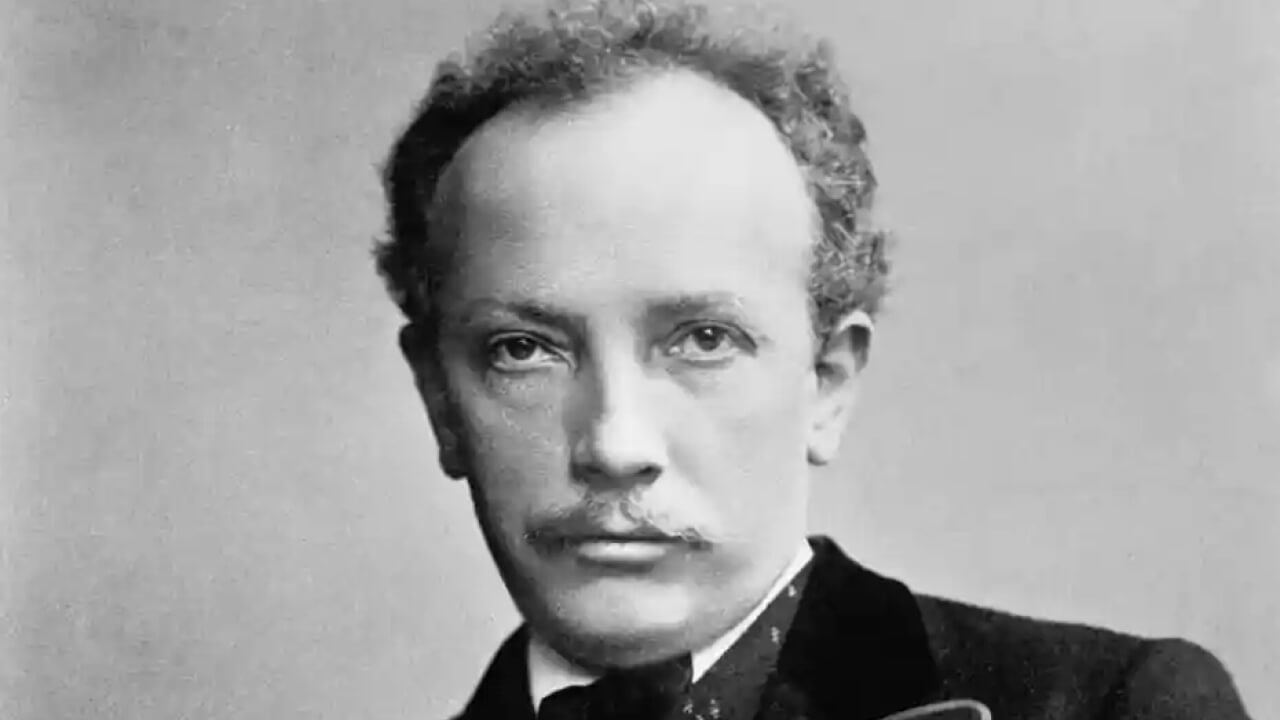
John Cameron Wilson, guest conductor
Fanfare for the Vienna Philharmonic was composed in 1924 for the Vienna Philharmonic’s first benefit ball that raised money for the musician’s pension fund. The work has been performed each year since at the Philharmonic’s annual ball, now totaling over 80 years. It calls for 6 trumpets in B-flat, 8 horns in F (doubling four parts), 6 trombones, 2 tubas, and 2 sets of timpani.
Strauss’ other brass works include Feierlicher Einzug der Ritter des Johanniterordens (1909) for brass and timpani, Wiener Rathaus Fanfare (ca. 1925), and Festmusik der Stadt Wien (1943) composed for the Vienna Trumpet Choir.
Richard Strauss is an iconic figure in the world of brass music, not only for his two horn concertos, operas, and orchestral worlds, but also for his brass fanfares. Born into a musical family on June 11, 1864, Strauss showed great talent for composing as a boy. During his university years, he published numerous compositions and began his conducting career.
Strauss is perhaps best known for popularizing the form of the tone poem. Indeed, many of his greatest works are tone poems: Don Juan (1888-89), Till Eulenspiegel (1894-95), Also Sprach Zarathustra (1895-96), Don Quixote (1897), Tod und Verklärung (1889), and Ein Heldenleben (1898). Strauss also wrote many operas, including Salome (1904-05), Elektra (1906-08), and Der Rosenkavalier (1909-10).
As a conductor, Strauss was famous throughout Europe. He was appointed Conductor of the Royal Opera House in Berlin in 1898, a post he retained until 1910. He also conducted the Berlin Philharmonic, the Vienna State Opera, and the Vienna Philharmonic.
Program note and composer biography provided by the publisher, edited by Elisabeth Jackson